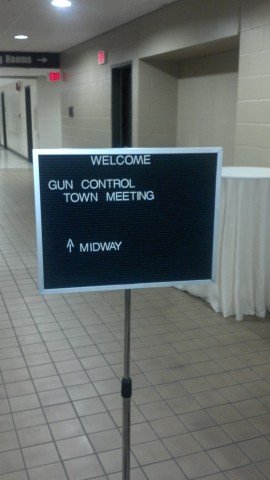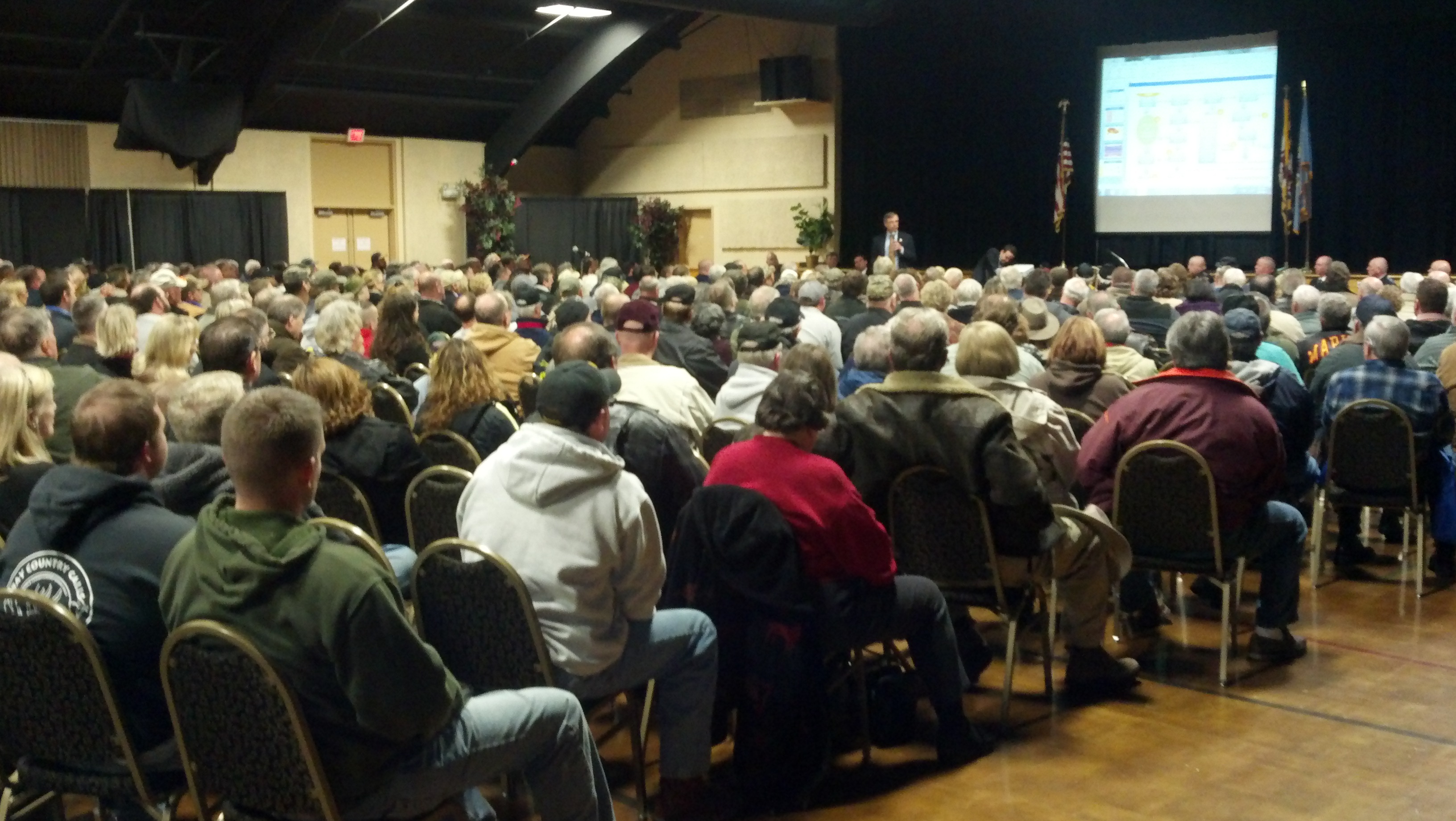You know me: in most instances I like to wait a few days and digest all sorts of takes, hot and cold, before I put up my two cents about events such as this.
I first heard about what some are calling the Texas Massacre (no chainsaw required) in the afternoon and evening after it happened. Initially I thought just a couple people were involved, putting it in the category of the type of school shooting where jilted ex-boyfriend decides he can’t live without his ex and plans to make sure no one else gets her either. Obviously that’s tragic but life rolls on – unless it’s local we don’t even remember the name of the school where it occurred a month later.
But as the reported death toll from Uvalde continued to increase, we began to hear about this as an event rivaling Columbine, Sandy Hook, and Parkland. Because it was an elementary school and not a high school, the best parallel to me is Sandy Hook, and it just so happens I wrote at some length about it in the wake of the shooting four times – once the day of, the next two days on the folly of a gun ban and the media’s fascination with guns, and a wrapup of sorts a few days later like in this situation. After re-reading all I wrote on Sandy Hook, it’s amazing how closely the Uvalde shooting is hewing to that line, even to the point of reporting how close the kids were to a break. (Sandy Hook occurred days before Christmas break, while Uvalde occurred in the last days of the school year.) Even more scary was the fact that both lone gunmen shot their parental figure first, then took off to a school important to the parent. (Initially some reports were that the Uvalde shooter’s grandmother died; in fact, she was shot in the face but managed to survive.)
The passage of almost ten years hasn’t dissuaded me from a pro-gun stance because, just like Sandy Hook, the gun wasn’t the real problem: the problem was a child whose upbringing seemed to fail in a moral sense. What parent is “training up a child in the way they should go” if the kids are playing Call of Duty for hours on end and talking about shooting up a school on social media?
But we all know that the one approach from the Democrat Party is a demand to restrict our Second Amendment rights by banning what they term “assualt weapons” or “weapons of war.” In this case, as a start they’re talking about reinstating the “assault weapon ban” that was in place for about a decade between 1994 and 2004 – funny, that didn’t stop the Columbine shooting. In addition to that, they’re seeking to nationalize “red flag” laws that have turned tragic.
Yet the more I hear about the timeline of events in the Uvalde shooting, I think the focus on the gun is misplaced.
There’s a balance which has to be kept between freedom and security. We could create hardened compounds out of our schools, with metal detectors, intruder locks on classrooms, bulletproof glazing, and so forth, but what message does that send to a child? Besides, someone has to man a metal detector, locks can be left unlocked (like the back door apparently was at the Uvalde school because it was an awards day), and glazing does nothing if there’s an open door. None of these security measures are foolproof.
I’ve heard a lot of people talking about having an armed veteran or retired police officer volunteer his or her time at a school, much like a school resource officer. (This person could be the supplement to the employed officer.) Obviously, that’s going to be an availability issue at times because people have appointments and incidents which come up in real life. On balance, though, I think between this and various non-intrusive security and procedural upgrades we would do more to enhance school safety than a gun ban would ever hope to achieve. (Apparently there was a camera system at the school so they could track the shooter’s movements – after the fact, as part of the investigation. Wouldn’t it have been nice for the police to be able to tap into that?)
The problem with banning anything is that there’s an instant black market for the product if people still desire it – and they usually do. Ban smoking in an office building and you’ll walk through a cloud at the door. When people complain about that and the facility places a restriction on smoking by the doors, they just move farther away. When they still get the complaints the facility bans it on the property, so people go to their private cars for their nicotine fix. That’s how it works.
People didn’t stop drinking alcohol for Prohibition, they just made mobsters like Al Capone wealthier. If people want what the regressives consider “assault rifles,” they will get them somehow, to the benefit of criminals. Do you honestly believe people will give them up willingly, and do you want to be the law enforcement officer to try and enforce that?
I’m just as sick of reading about these tragedies as anyone else, although I’m not going to mock the “thoughts and prayers” crowd like others do because prayers for comfort and healing are always welcome to me. If the unthinkable happened to me I would appreciate the support as I tried to piece my life back together.
But I don’t have the answers. All I can tell you is that I strongly believe the gun ban proponents are barking up the wrong tree, and their alacrity after the incident just feeds the scuttlebutt beneath the surface out there about Uvalde being a government-backed “false flag” operation to seize the media narrative, take people’s minds off the horrible economy and whatever else the government is doing to usurp our rights, and lay the groundwork for disarming the population. Sorry to sound all Qanon on you, but that’s the thought process people have been led to after the last two-plus years of being told we shouldn’t question authority and if a schmuck like me can sense it, what does that say about the trust we have in our institutions?
Something in our institutions let the Uvalde shooter down, and he wasn’t equipped to deal with it in a manner acceptable to civil society. The gun was just the tool the shooter used to exact the price that over a score of people paid.



